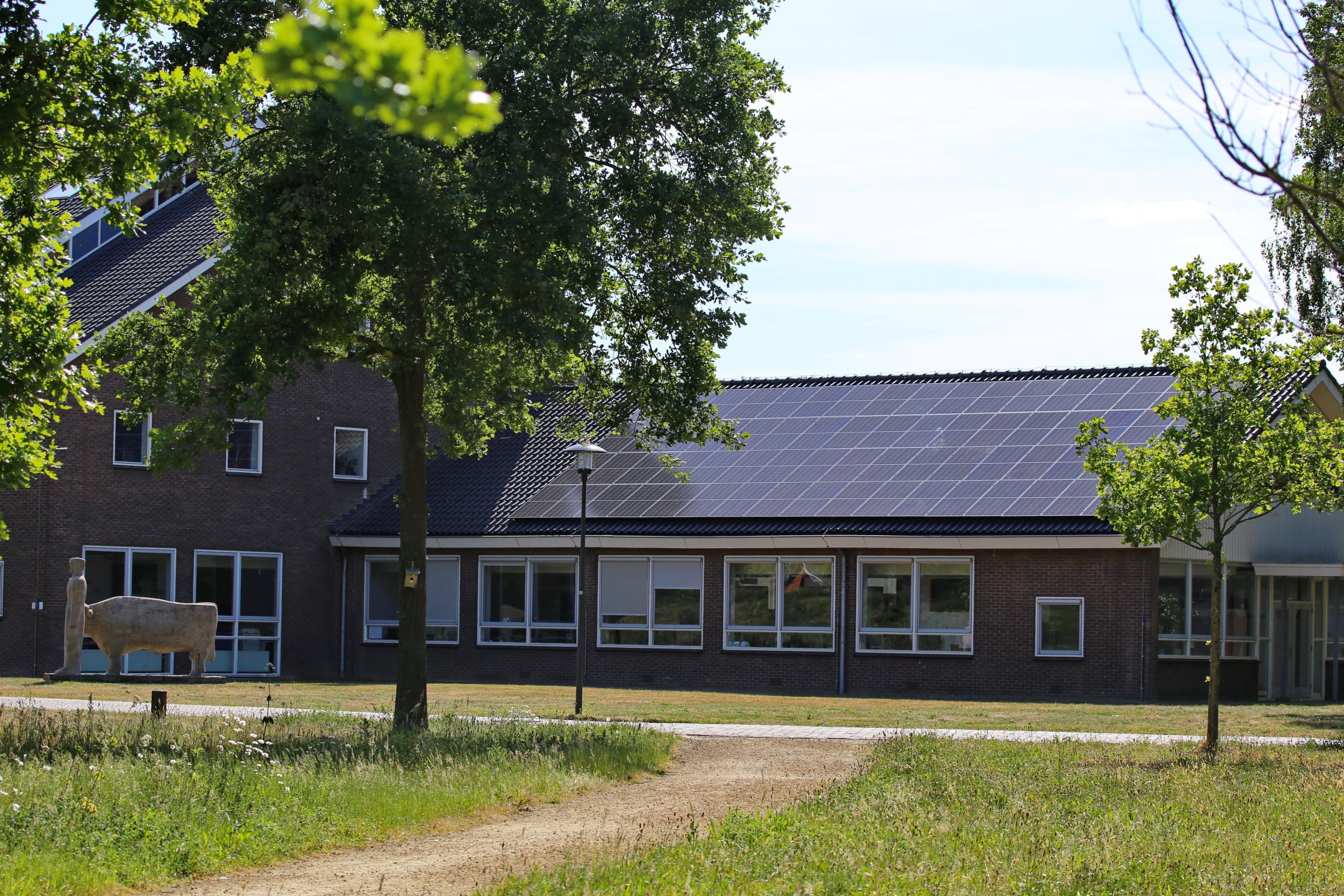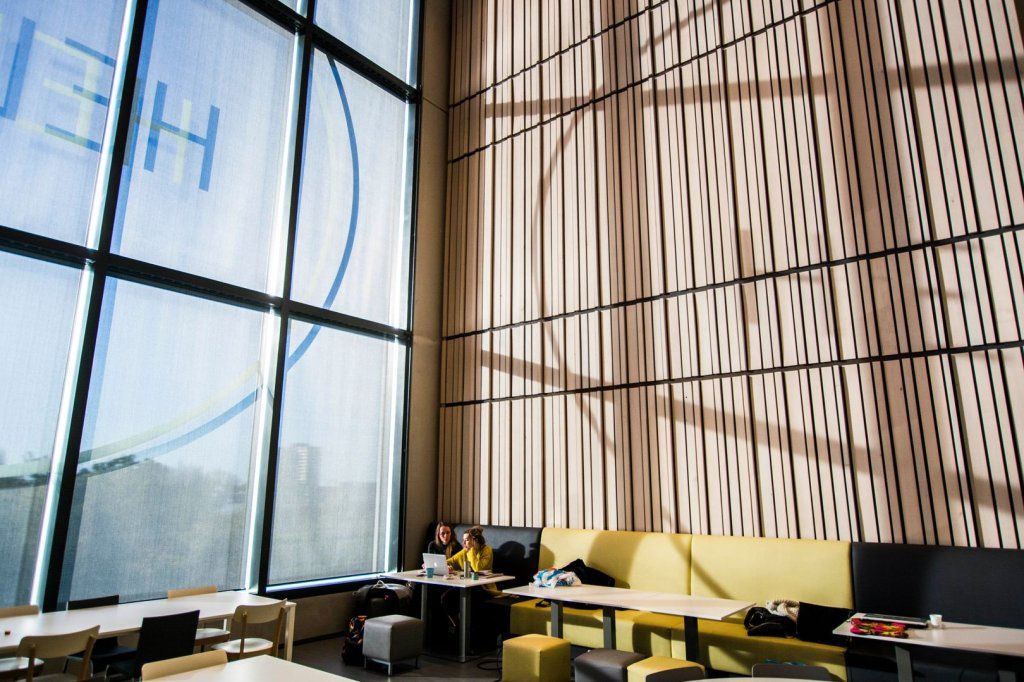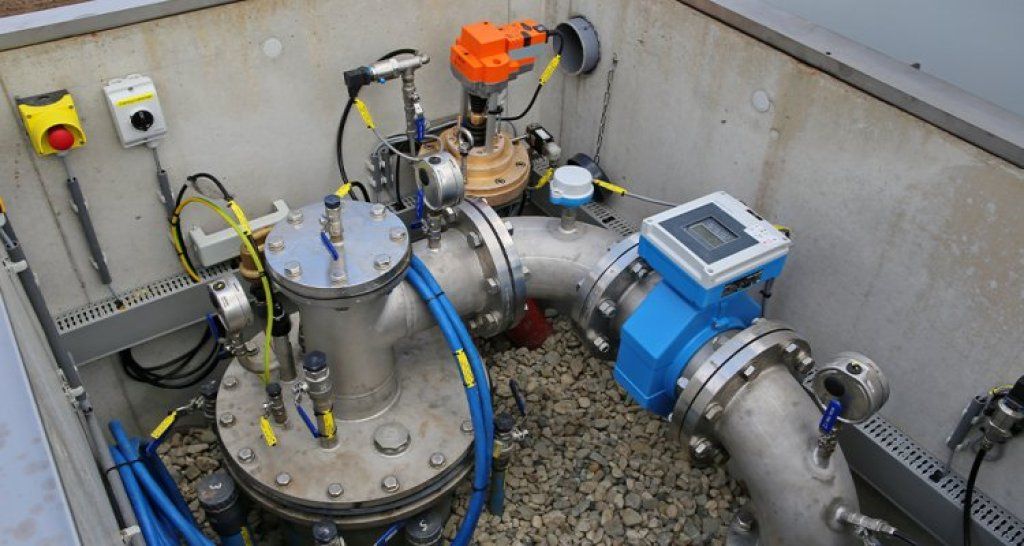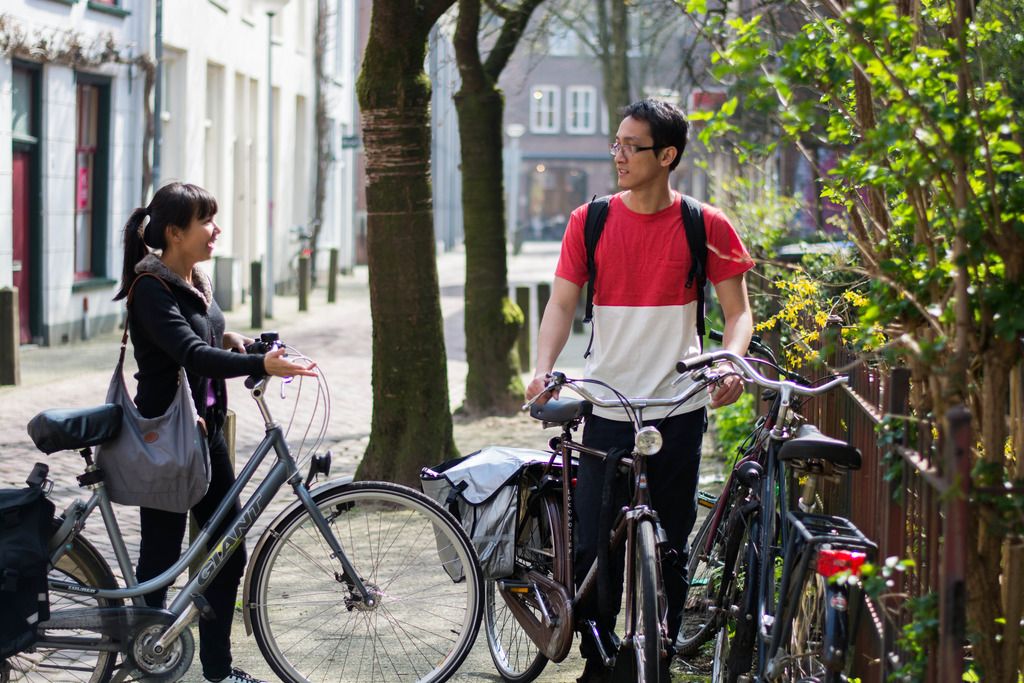
Duurzame campus
Wageningen Campus inspireert innovators om te werken aan een duurzame toekomst door een duurzame werkomgeving te bieden: 80% van de campus is al klimaatneutraal. In 2021 werd Wageningen University & Research voor de vijfde achtereenvolgende keer uitgeroepen tot de meest duurzame universiteit volgens de GreenMetric-ranking. En ook bedrijven en organisaties die op de campus zijn gevestigd, scoren goed op het gebied van duurzaamheid. Wat betreft energie, watergebruik, bouw, afval, catering en mobiliteit streeft Wageningen Campus naar het hoogst haalbare.

Innovatieve gebouwen
De meeste gebouwen worden gebouwd en onderhoudenvolgens strenge duurzaamheidscriteria. Zo is aan de gebouwen van FrieslandCampina en Unilever en de bedrijfsverzamelgebouwen Plus Ultra I en II een afzonderlijk duurzaamheidscertificaat toegekend. Het gebouw van FrieslandCampina is voorzien van een duurzaam aircosysteem en de benodigde energie wordt opgewekt door zonnepanelen. Hetzelfde geldt voor bedrijfsverzamelgebouwen Plus Ultra I en II, waarbij het dak van Plus Ultra II volledig uit zonnepanelen bestaat (660 stuks). Het gebouw van het Nederlands Instituut voor Ecologie (NIDO-KNAW) is daarnaast een proeftuin op het gebied van ecotechnologie. Het dak is een zogenaamd groen dak dat zowel water kan opslaan als de temperatuur van het gebouw kan reguleren.
Duurzaam watergebruik
Op Wageningen Campus wordt het watergebruik op verschillende manieren gereduceerd. Zo wordt in de gebouwen Gaia, Lumen en het gebouw van het NIOO-KNAW grijswater gebruikt om de hoeveelheid gebruikt drinkwater te beperken. Het koelsysteem van Vitae, een ander gebouw op de campus, is aangepast zodat er minder water wordt verbruikt, terwijl op andere plaatsen natuurlijke waterbronnen worden gebruikt om leidingwater te besparen. Op de campus bevinden zich bovendien diverse grote waterpartijen waarin het oppervlaktewater wordt verzameld, waarna het naar het diepere grondwater kan zakken.


Warmte- en koudeopslag
De meeste gebouwen op de campus worden verwarmd en gekoeld door middel van warmte- en koudeopslag (WKO). Bij dit systeem wordt warmte en kou in zandlagen opgeslagen. In de zomer worden gebouwen gekoeld met in de bodem opgeslagen koud water en wordt de warmte opgeslagen. In de winter wordt de opgeslagen warmte omhoog gepompt om de ventilatielucht te verwarmen. Dankzij dit systeem wordt er op de campus vrijwel geen aardgas meer verbruikt.
Groeiende biodiversiteit
De graslanden, heggen en beboste gebieden op de campus vormen niet alleen een groene oase van rust, maar maken ook deel uit van ecologische verbindingszones die de migratie, voorplanting en ontwikkeling van de flora en fauna ondersteunen. Het flora- en faunabeleid van de campus is gebaseerd op biodiversiteit, het creërenvan verschillende groei- en leefomstandigheden voor een grote variatie planten en dieren en het versterken van de verbinding met de omringende natuur. De campus fungeert feitelijk als een Living Lab waarin studenten, onderzoekers en bedrijven nauw samenwerken in onderzoekpilots en studentenopdrachten.
_1920x1280.jpg)

Groen leven
Duurzaamheid en maatschappelijk verantwoord ondernemen (MVO) zijn belangrijke pijlers van Wageningen University & Research en zijn zichtbaar in zelfs de kleinste dingen. Gezonde voeding en een gezonde levensstijl voor studenten en medewerkers wordt gestimuleerd met duurzaam geproduceerde voedingsmiddelen in kantines en restaurants, minder voedselverspilling en een duurzaam mobiliteitsprogramma dat reizen met openbaar vervoer, elektrische auto's en de fiets of e-bike ondersteunt. Het afval wordt gescheiden in vijftien verschillende afvalstromen en organisch afval wordt hergebruikt als compost.
